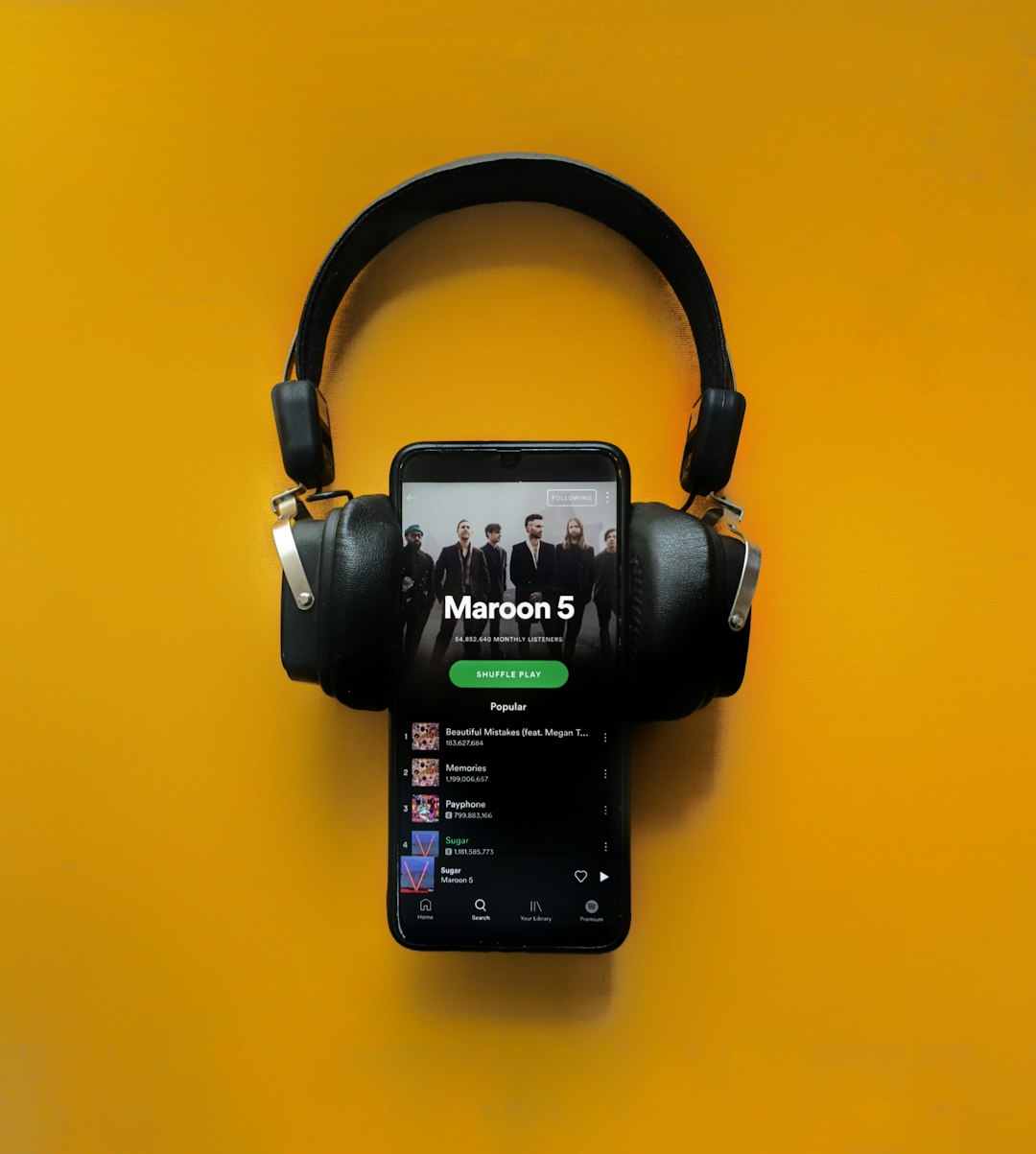Imagine you’re in your kitchen, asking Google Assistant to play your favorite playlist. Instead, it starts playing your dad’s jazz music. Again. If you live in a home with several people, you’ve probably faced this kind of mix-up. It’s because Google Assistant sometimes has trouble telling your voices apart.
TL;DR: In multi-user households, Google Assistant used to mix up voices. It often gave answers meant for someone else. Google has now retrained its Voice Match system to better tell people apart. The improvements are already making a big difference in homes everywhere.
Contents of Post
What is Google Assistant?
Google Assistant is a smart helper you can talk to. It can answer questions, set alarms, play music, and control smart devices. All you do is say “Hey Google,” and it jumps into action.
But Google didn’t expect one small issue to turn into a big user headache—especially in homes with more than one user talking to the same device.
The Voice Mix-Up Chaos
Things get tricky when more than one person uses the same device. You might say, “What’s on my calendar today?” and get your roommate’s plans instead. Or Google might message your aunt when you meant to contact your best friend. Yikes!
The reason is simple: it didn’t always know who was talking. The Assistant had a feature called Voice Match, but it wasn’t always accurate. It could confuse your voice with someone else in the home. Especially if voices sounded kinda alike.
Here are some real examples:
- A mom asks for her shopping list and hears her son’s homework notes instead.
- A teen says, “Play my workout playlist,” and Google starts playing Dad’s old-school rock music.
- Siblings prank each other by triggering smart home actions under someone else’s profile!
Funny at first. Then, not so much.
What Is Voice Match?
Voice Match is a technology that tries to recognize who is speaking. It builds a personal voice model from a few sample phrases. It then compares these whenever someone talks to the Assistant.
Back when it debuted, Voice Match was pretty basic. It focused on specific words and patterns, but had limited learning ability. Over time, it had trouble telling apart people with similar tones, accents, or family lingo.
As Voice Match aged, it became clear: it needed an upgrade.
The New and Improved Voice Match
That’s where the magic happened. In 2023, Google rolled out a new Voice Match retraining system. This change made the Assistant better at distinguishing your voice—even if others in the house sound almost like you.
The retraining used advanced machine learning. That’s a fancy way of saying it learned more deeply how each person speaks. The updated Voice Match model listened to:
- Your speech rhythm
- Your pitch and tone
- Common phrases you use
It also became smarter at handling background noise and overlapping talk, which used to confuse it.

How Did Retraining Help?
With the new Voice Match, most people started noticing fewer mix-ups. The Assistant now correctly plays your playlist. It pulls up your calendar. And when someone else speaks, it doesn’t assume it was you.
Here’s what improved:
- Better Accuracy: It guesses who is speaking correctly most of the time now.
- Faster Response: There’s less pause while it figures out whose profile to access.
- Less Confusion: The device doesn’t mix up similar voices as much.
In multi-user homes, this matters a LOT. Parents, kids, roommates—all can use the same speaker, and everyone gets their own results.
Your Voice, But Cleaner
Google didn’t just retrain the tool—it also improved how cleanly your voice is heard. Devices now better filter out background noise, barking pets, and blaring TVs. That means the Assistant hears you more clearly and makes fewer mistakes.
Plus, retraining supports more languages and dialects. So users with regional accents or multilingual homes see fewer problems.
Want Better Results? Retrain Yourself!
Here’s a tip: you can actually help Google get better at recognizing your voice.
Just go into your Assistant settings and retrain Voice Match. It only takes a minute. You’ll speak a few phrases like:
- “Hey Google, what’s the weather today?”
- “Hey Google, tell me about my day.”
This helps the Assistant create a smooth and accurate model of how you speak.
And don’t worry—your voice info stays private. Google encrypts and stores it securely. You can delete it any time.
Tips for Multi-User Homes
Want to make sure everyone’s voice is clear and distinct to the Assistant? Try these fun and easy tips:
- Speak clearly, especially during setup or retraining.
- Add individual voice profiles for each person in the household.
- Use consistent phrases when starting commands. (It helps learning!)
- Keep the mic clean (yes, even microphones need love).

When It Still Goes Wrong
It’s not perfect. Sometimes, mix-ups still happen. Especially when people talk at the same time, or when someone is sick and their voice changes.
If this happens, don’t sweat it. Retraining Voice Match (again) usually fixes it. It’s like giving your smart speaker a refresher course on you.
The Future of Talking to Tech
Voice assistants are becoming a normal part of life. They’re helping with cooking, scheduling, even controlling smart fridges and lights. So their ability to recognize users accurately is more important than ever.
Google’s Voice Match improvements are only the beginning. Expect more updates that make your Assistant smarter, more personal, and way less frustrating.
One day, it might even recognize you by your hum. Okay, maybe not yet—but we’re close!
Final Thoughts
Google Assistant has come a long way. From confusing family members to now clearly telling them apart, Voice Match is smarter than ever. Thanks to retraining, households with many users can enjoy a smoother, more personal experience.
If you haven’t retrained your voice yet—give it a try. Your playlists (and sanity) will thank you.
